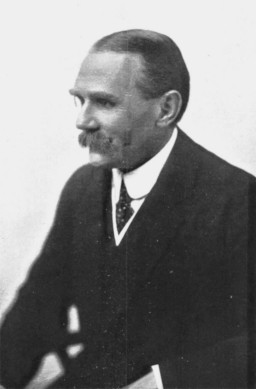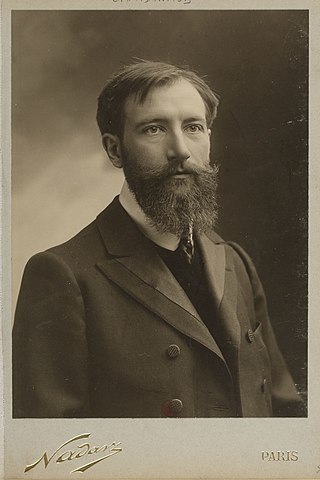Biography


Hildebrandt was born in Düsseldorf, Germany, to a family of painters. Originally a machine maker, he lost an eye after an accident and became a gardener, eventually starting work in 1869 for the Berlin Botanical Garden. Between 1872 and 1881, Hildebrandt made a number of expeditions to the Horn of Africa and the African Great Lakes, collecting a large number of botanical and zoological specimens. His expeditions were for the most part modest affairs, but he discovered a number of new species. He also lectured widely and wrote about many aspects of the places he visited.
Hildebrandt died of a fever and stomach bleeding whilst on an expedition to Madagascar and was buried in the Norwegian Cemetery in Ambatovinaky. He gave his name to a number of species, including Hildebrandt's starling (Lamprotornis hildebrandti), the cycad Encephalartos hildebrandtii and Hildebrandt's spurfowl (Pternistis hildebrandti), all of which he discovered in Kenya in the African Great Lakes region. [1] Hildebrandt is commemorated in the scientific names of three species of reptiles: Hemirhagerrhis hildebrandtii , Paracontias hildebrandti , and Trachylepis hildebrandtii . [2] One frog genus, Hildebrandtia , bears his name. [3]












